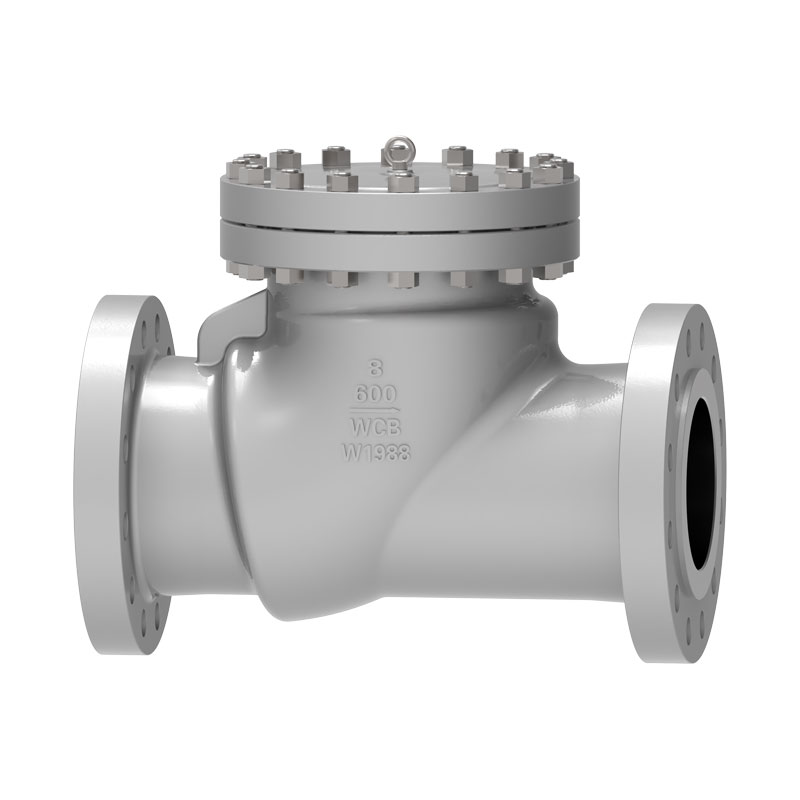Understanding Check Valves: Types, Applications, and Benefits
2025-03-07
Check valves are essential components in fluid control systems, preventing backflow and ensuring the smooth operation of pipelines. Whether in industrial applications or household plumbing, these valves play a crucial role in maintaining efficiency and preventing system damage. In this blog, we will explore the different types of check valves, their applications, and the benefits they offer.
What is a Check Valve?
A check valve, also known as a non-return valve, is a mechanical device that allows fluid to flow in one direction only. It automatically closes when the fluid tries to reverse, preventing contamination, pressure loss, or damage to equipment. Unlike manually operated valves, check valves function based on pressure and flow dynamics.
Types of Check Valves
Check valves come in various designs, each suited for specific applications:
1. Swing Check Valve – Features a disc that swings open and closes due to gravity or back pressure. Commonly used in water and wastewater systems.
2. Lift Check Valve – Uses a guided disc that moves up and down based on fluid pressure. Ideal for high-pressure applications like steam and gas pipelines.
3. Ball Check Valve – Uses a ball to block reverse flow. Often found in small pumps and chemical processing systems.
4. Diaphragm Check Valve – Utilizes a flexible diaphragm to allow forward flow while preventing reverse flow. Suitable for sanitary and medical applications.
5. Dual Plate Check Valve – Has two plates that open with forward flow and close with reverse flow, reducing water hammer. Used in high-flow industrial systems.
6. Spring-Loaded Check Valve – A spring mechanism ensures quick closing to prevent backflow. Ideal for vertical installations and low-pressure systems.

Applications of Check Valves
Check valves are used in various industries, including:
- Water Supply Systems – Prevents contamination by stopping backflow.
- Oil and Gas Industry – Protects pumps and compressors from reverse pressure.
- HVAC Systems – Ensures smooth refrigerant flow and prevents pressure surges.
- Chemical Processing – Prevents hazardous material backflow in pipelines.
- Fire Protection Systems – Ensures consistent water supply in emergency situations.
Key Benefits of Check Valves
1. Prevents Backflow – Ensures fluid moves in the intended direction, protecting equipment and maintaining efficiency.
2. Reduces Water Hammer – Some check valve designs minimize pressure surges that could damage pipelines.
3. Automatic Operation – No manual control required, making them low-maintenance.
4. Enhances System Safety – Protects pumps, compressors, and sensitive equipment from reverse flow damage.
5. Energy Efficiency – Reduces pressure losses, improving overall system performance.
Conclusion
Check valves are critical for fluid control in various industries, ensuring smooth and efficient operation. Selecting the right type based on your system’s needs can enhance performance, reduce maintenance, and prevent costly damages.
Would you like any modifications or additions to this blog? Also, should I proceed with the second blog?


